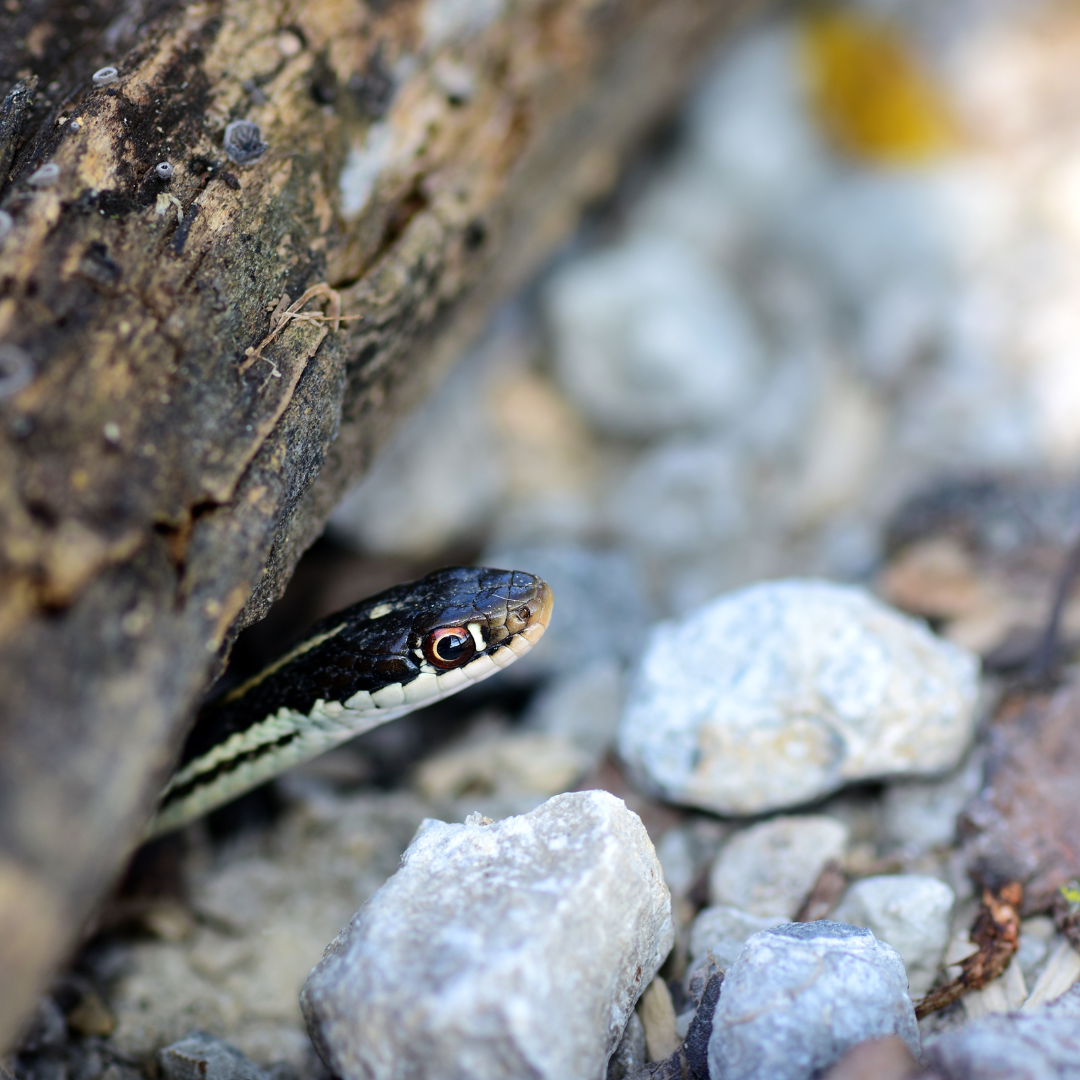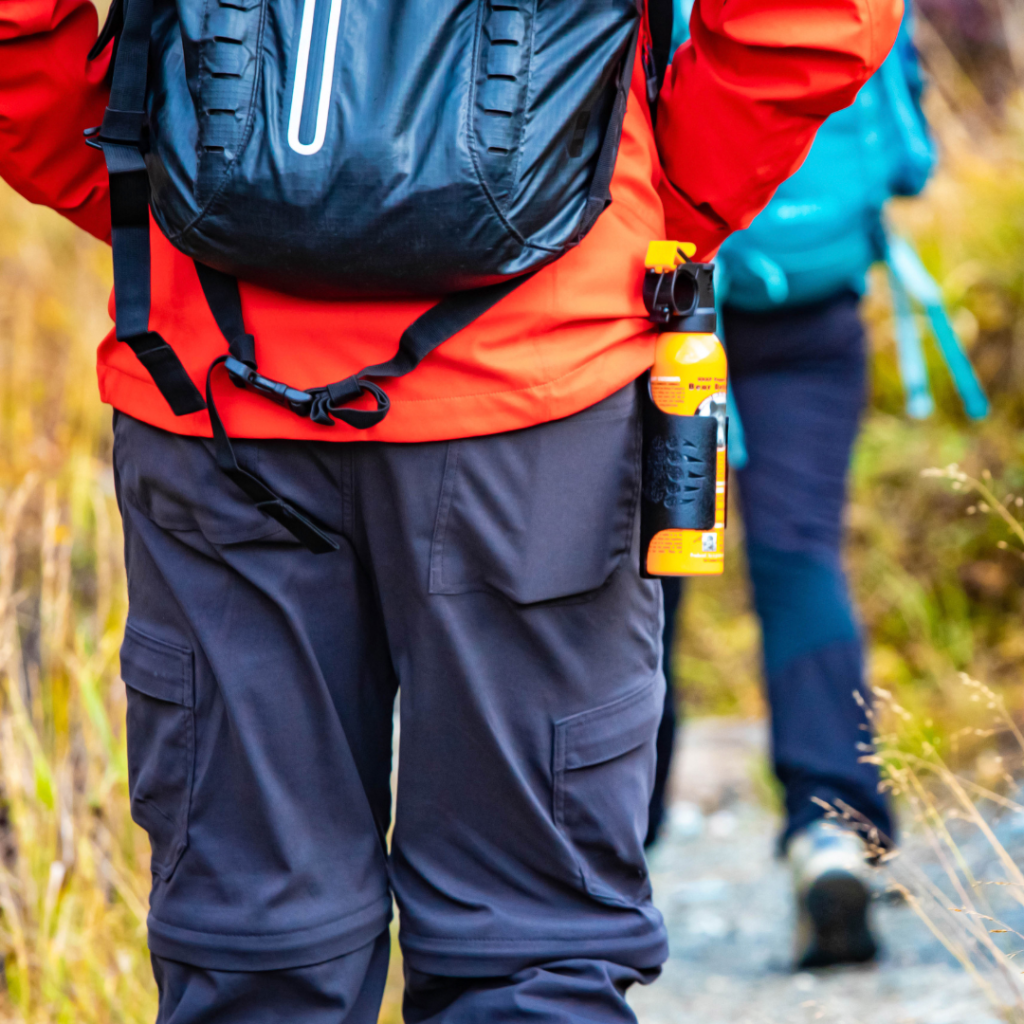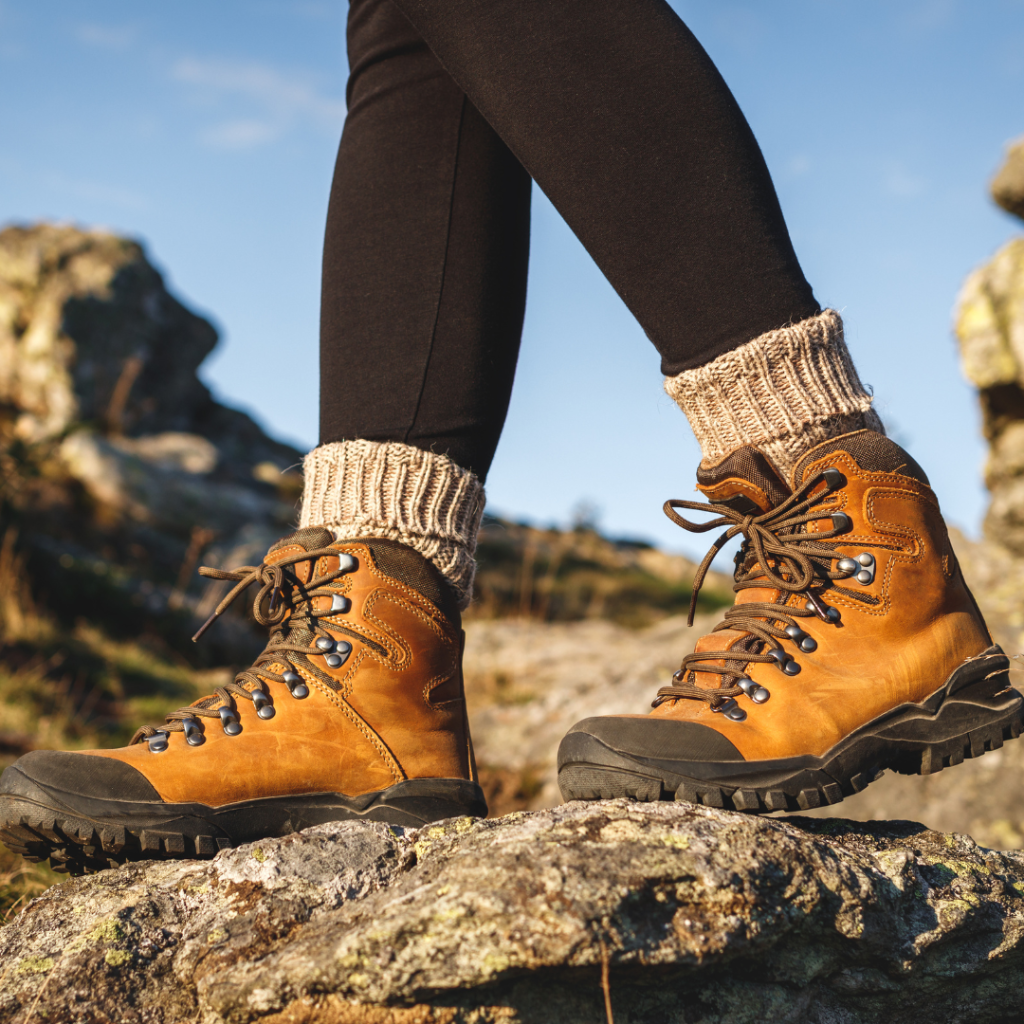

Exploring the great outdoors can be an exhilarating experience. Canada’s stunning landscapes, from dense forests to sprawling plains and majestic mountains, are home to a rich variety of wildlife. While encountering animals in their natural habitat can be awe-inspiring, it’s essential to prioritize safety to ensure a positive experience for both you and the wildlife. Here are some wildlife safety tips to help you stay safe during your outdoor adventures.
Before heading out, familiarize yourself with the types of wildlife in the area. Learn about the animals’ habits, habitats, and potential threats. For example, grizzly bears are common in western Canada, while moose and black bears may be encountered in forests across the country. Recognizing signs of animal presence, such as tracks or scat, can also help you stay aware of your surroundings.
Wild animals usually prefer to avoid humans. By making noise as you hike, such as talking loudly or clapping, you reduce the likelihood of surprising an animal. Bear bells or whistles can also be effective, particularly in dense forests or areas with limited visibility.
If you spot an animal, admire it from afar. Never approach wildlife, no matter how harmless they may seem. Use binoculars or a zoom lens for a closer look. Maintaining a safe distance protects both you and the animal.
Improperly stored food can attract wildlife to your campsite. Use bear-proof containers or hang food at least 4 meters above the ground and 2 meters from the trunk of a tree. Dispose of garbage responsibly to avoid leaving any traces behind.
Hiking in a group is safer than going solo. Larger groups are more likely to deter wildlife encounters and can provide support in case of an emergency.
Bear spray is an effective deterrent and a must-have in bear country. Ensure you know how to use it correctly before heading out. Keep it accessible and practice aiming so you’re prepared in case of an encounter.

Wildlife behavior changes with the seasons. During spring and summer, animals may be protecting their young, while fall is mating season for many species. Be extra cautious during these times, as animals may be more territorial or aggressive.
Animals often give warning signals before acting defensively. A bear may huff or clack its teeth, while a moose may lower its ears or raise the hair on its back. If you notice these signs, back away slowly without turning your back on the animal.

Canada is home to a few venomous species, including the prairie rattlesnake, massasauga rattlesnake, and the northern pacific rattlesnake. While snake encounters are rare, knowing how to stay safe is important:
Other potentially harmful creatures in Canada include certain spiders, such as the black widow, and ticks that may carry Lyme disease. To minimize risks:
Exploring Canada’s natural beauty is a privilege, and with proper preparation and awareness, you can enjoy the outdoors safely. If you are looking for an outdoor adventure, sign up to CLAS today and gain access to thousands of properties across Canada. Stay safe with our wildlife safety tips and enjoy your adventure!
Check out our blog post Staying Safe During Hunting Season for more safety tips.
Start here to register your property to eliminate phone calls and door knocking. Your land, your rules, your way.
CLICK HEREYour outdoor recreation adventure starts here. Find the right land to start your outdoor adventure.
CLICK HEREPower up your next hunting or fishing trip with hunting and fishing regulations available at your fingertips.
CLICK HERE






